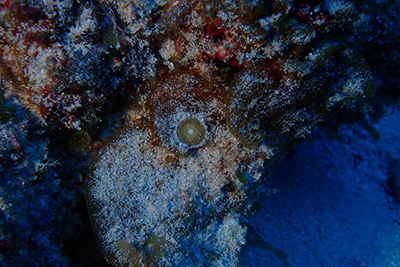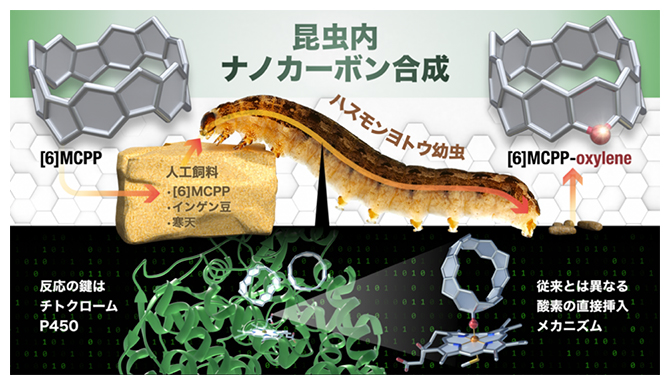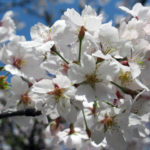2025-06-06 東京大学,愛媛大学,産業技術総合研究所

研究に使用した大型底生有孔虫Amphisorus kudakajimensis 愛媛大学、濱本助教提供
<関連情報>
- https://www.aori.u-tokyo.ac.jp/research/news/2025/20250606.html
- https://www.aori.u-tokyo.ac.jp/research/news/2025/files/20250606_summary.pdf
- https://link.springer.com/article/10.1007/s00338-025-02671-4
過酷な浅海環境における大型底生有孔虫の双鞭毛藻多様性 Dinoflagellate diversity of large benthic foraminifera in harsh shallow-water environments
Ayumi Maeda,Kohei Hamamoto,Miyuki Nishijima,Akira Iguchi & Atsushi Suzuki
Coral Reefs Published:02 June 2025
DOI:https://doi.org/10.1007/s00338-025-02671-4
Abstract
Symbiotic relationships between dinoflagellates of the family Symbiodiniaceae and other marine organisms support coral reef ecosystems. Reef-dwelling, large, benthic foraminifers contribute to reef substrate formation. Although foraminifera in the subfamily Soritinae host dinoflagellates of the family Symbiodiniaceae to form unique relationships, the diversity of these dinoflagellates and their spatial and population-level variation are not yet understood. Here, we investigated the diversity of the mutualistic dinoflagellate community in the foraminifer Amphisorus kudakajimensis collected from different depth at nine sites at three reef locations on Akajima Island, and from a single depth at one location on Okinawa Island, Okinawa, Japan. Next-generation sequencing technology and the SymPortal pipeline specific to analyses of the internal transcribed spacer 2 region of the ribosomal RNA gene of Symbiodiniaceae yielded 39 lineages in 154 specimens. Dominant lineages were the genera Cladocopium, Freudenthalidium, and Halluxium; the dinoflagellate community in one foraminifera comprised multiple lineages. Halluxium was dominant in deep communities (> 9 m water depth) at Akajima, whereas it was not detected in shallow populations (< 2 m). Dinoflagellate genus richness was greater in the eight deep populations than in the two shallow populations. Specific combinations of Cladocopium and Freudenthalidium in A. kudakajimensis of the shallow reef suggest that symbiont communities converge in low-diversity combinations to accommodate large environmental fluctuations in shallow water with high UV light intensity. Our results provide insights into possible host–symbiont patterns for accommodating future climate change.


